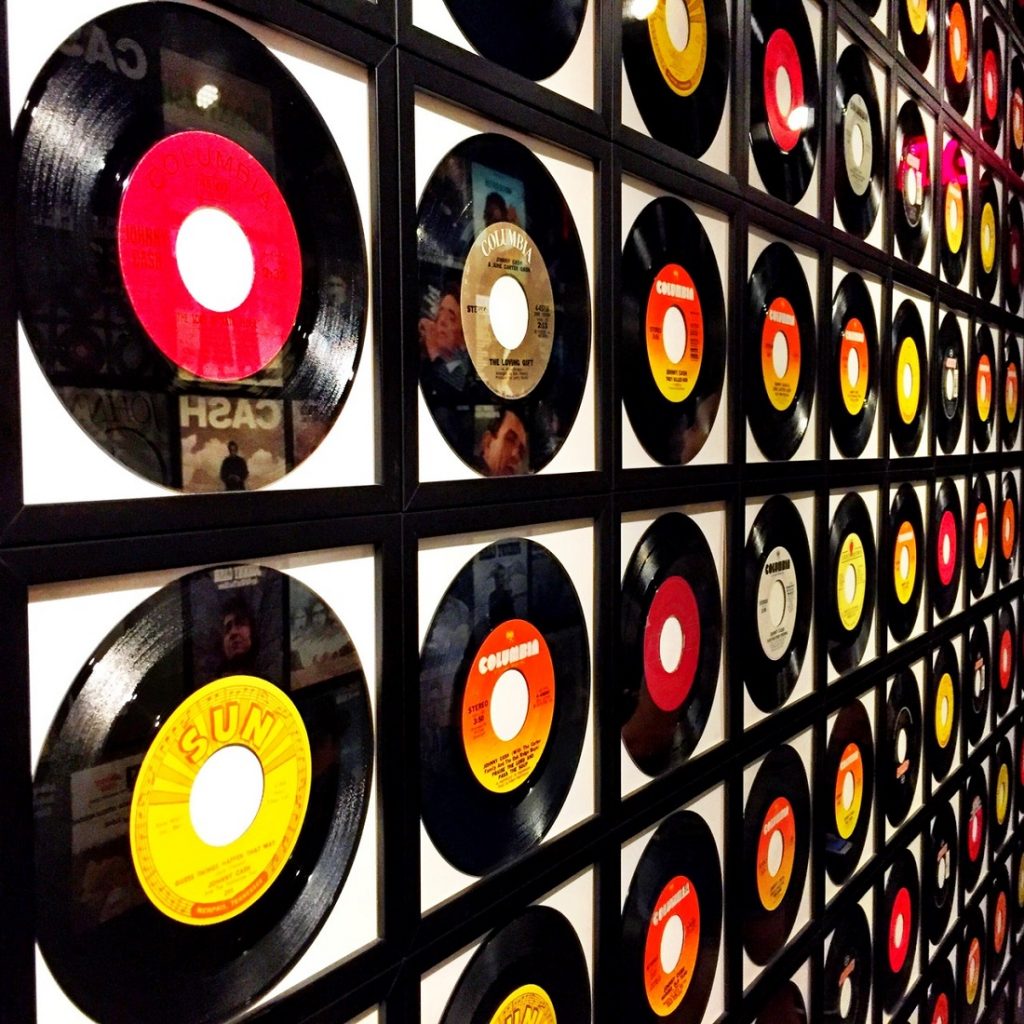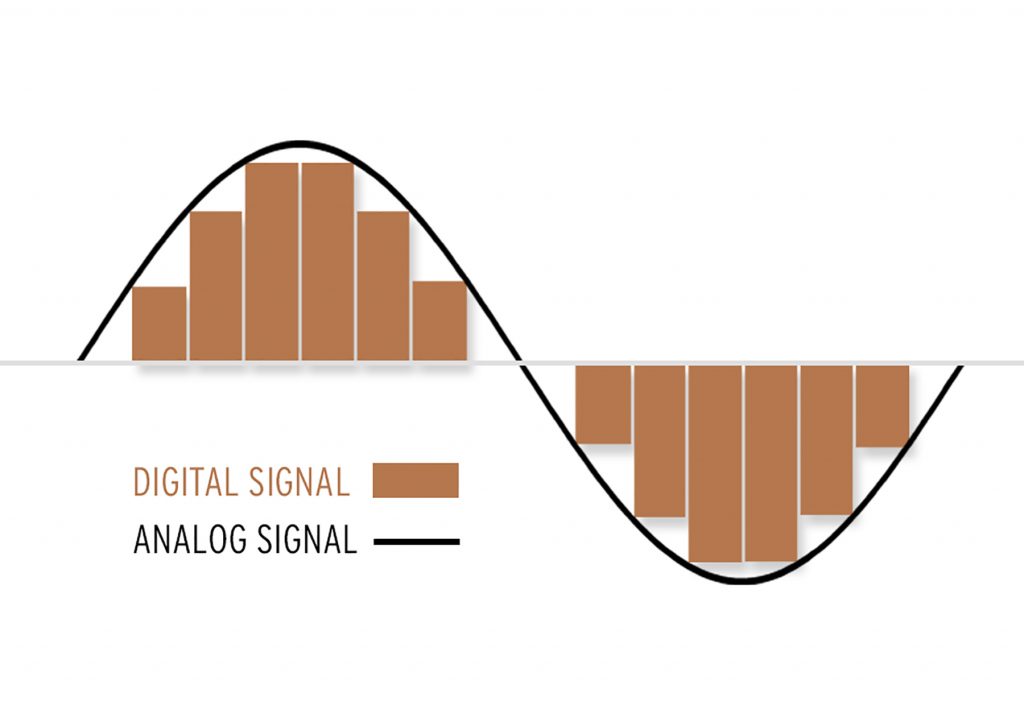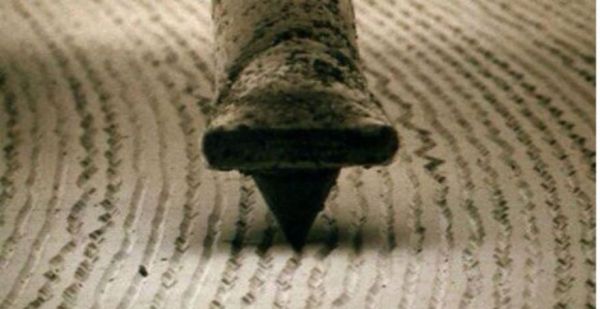Rare and Valuable Vinyl Records: What to Look for in Your Collection
- Posted on
- Posted in Vinyl Records

Vinyl records hold a special place in the hearts of music enthusiasts, not only for their sonic qualities but also for their potential value as collectibles. Whether you’re a seasoned collector or just starting out, understanding what makes certain vinyl records rare and valuable can elevate your collecting experience. In this guide, we’ll delve into the factors that contribute to the rarity and value of vinyl records and offer tips on what to look for when building your collection.
1. Limited Edition Pressings
Limited edition pressings are one of the most coveted finds for vinyl collectors. These releases are often produced in small quantities, making them inherently rare. Look for records that are numbered, indicating their place in the limited run. Additionally, records released as part of special events or anniversaries tend to be highly sought after by collectors.
2. First Pressings
First pressings, or original pressings, are vinyl records manufactured when an album is first released. These editions are typically considered more valuable than later pressings due to their historical significance and often superior sound quality. Look for identifying marks such as specific catalogue numbers or labels to determine if a record is a first pressing.
3. Coloured Vinyl and Picture Discs
Vinyl records pressed on coloured vinyl or picture discs are visually striking and can command higher prices among collectors. These variants are often released in limited quantities and may feature unique artwork or packaging, adding to their appeal. Keep an eye out for rare colours or designs that stand out from standard black vinyl.
4. Autographed Copies
Vinyl records autographed by artists or band members hold sentimental value for fans and collectors alike. The presence of a genuine signature can significantly increase the value of a record, especially if accompanied by provenance or certification. Look for records signed by prominent artists or from significant moments in music history.
5. Rarity and Demand
Ultimately, a vinyl record’s rarity and value are determined by its scarcity and demand among collectors. Records from obscure or niche genres, limited-run releases, or albums that were commercially unsuccessful upon initial release may become sought after over time. Keep an eye on trends in the collector’s market and be on the lookout for hidden gems in record stores, thrift shops, and online marketplaces.
6. Condition
The condition of a vinyl record plays a crucial role in its value and collectibility. Records that are well-preserved, free from scratches, warping, or other damage, will command higher prices among collectors. Look for records with clean, glossy surfaces and intact packaging, including original sleeves and inserts.
7. Rarity of Pressing
Some vinyl records are rare not because of the music they contain, but because of the unique circumstances surrounding their pressing. For example, records pressed in specific countries or under unusual circumstances may be highly sought after by collectors. Research the history of a particular pressing to uncover any unique attributes that contribute to its rarity.
In conclusion, building a collection of rare and valuable vinyl records requires a keen eye, dedication, and a bit of luck. By understanding the factors that contribute to a record’s rarity and value, you can make informed decisions when adding to your collection. Whether you’re hunting for limited editions, first pressings, or autographed copies, the thrill of the chase is part of what makes vinyl collecting such a rewarding hobby. Happy hunting!




